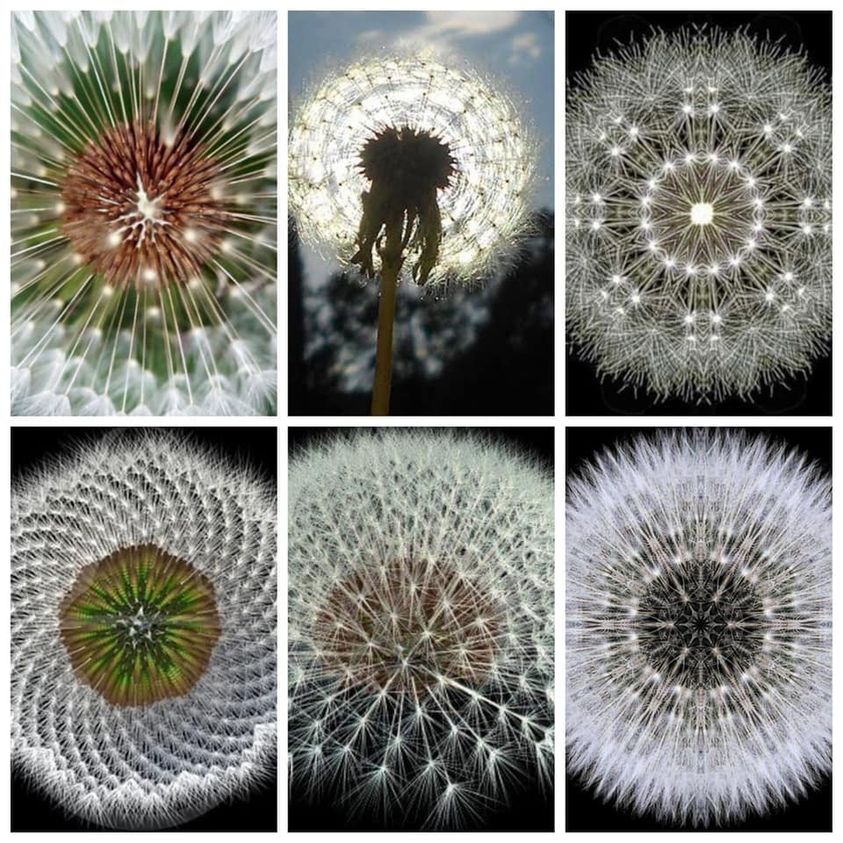Wacky Wednesday - Dandelions are more than a pesky weed in your lawn.

If you have a yard, you know it’s dandelion season. While many people spend both time and money trying to eliminate the dandelion weed, they are actually a free healthy food that could be added to one’s diet. Just like other dark leafy greens, dandelions are rich in riboflavin (vitamin B2) and vitamin A. One cup of dandelion greens contains almost twice as much iron as spinach, and over 500 percent of your daily intake of vitamin K, which may play a role in fighting Alzheimer’s disease. The leaves, however, are not the only edible plant part. The flowers and roots are also edible, and root extract has been shown, in some studies, to fight certain types of cancer. While there are many ways to consume the three edible parts of dandelions, Michigan State University Extension recommends trying the following:
Dandelion green salad

This is the most simple way to use dandelion greens. Simply pick young greens (older ones are more bitter) and add them to a tossed salad. While you can make a salad out of just the dandelion greens, it tends to be too bitter for many people, especially kids.
Sauteed greens

Cooking dandelions eliminates some of the bitterness. First boil the greens for about 5 minutes, then transfer to a pan with hot olive oil and garlic, and saute for 3-5 minutes. Eat as is or add to other dishes like pasta or scrambled eggs.
Dandelion fritters

Collect flower heads and wash them. Then batter in a flour, egg, and milk batter mix. Add to a pan with hot oil and cook until brown, just like pancakes. Serve with a drizzle of honey or applesauce.
Baking with dandelion petals

The petals of the flower are extremely versatile. Collect flower heads and then remove the petals from the heads. These can be stored in a plastic bag in the freezer for longer keeping. Add petals to just about anything you can bake like muffins, bread, cookies or quiche. They can also be added to things like hamburgers. The amount to use varies on your personal liking. Try adding a cup of petals to the mix the next time you make muffins or burgers.
Dandelion root coffee/tea

This by far the most labor-intensive use of dandelion but some say its worth the effort. Collect and wash dandelion roots. Chop or food process the roots and dry in a food dehydrator or the oven at 250 degrees Fahrenheit until thoroughly dry. Once dry, roast them in the oven at 350 F until they turn brown (but not burnt). Put roots and water in a pan and bring to boil (2 Tbs root to 16 oz water), then simmer for 20 minutes. Strain and drink.
There are a few food safety details that are also important when harvesting dandelions or other wild greens. Make sure to only harvest from areas that you are certain have not been treated with chemicals such as fertilizer, herbicides or pesticides. Also avoid high traffic areas like trails, roadways or animal/pet areas. Always wash dandelion greens, flowers and roots before preparing. A salad spinner works great to get excess water off leaves and flowers before cooking. Store any harvested parts in the fridge if they’re not going to be used right away. Get out there before you mow the lawn and collect some delicious, nutritious dandelions.
This article was published by Michigan State University Extension.
#naturalhomebrands #dandelion #benefitsofdandelion #edibledandelion #wackywednesday
- Carole Zellers